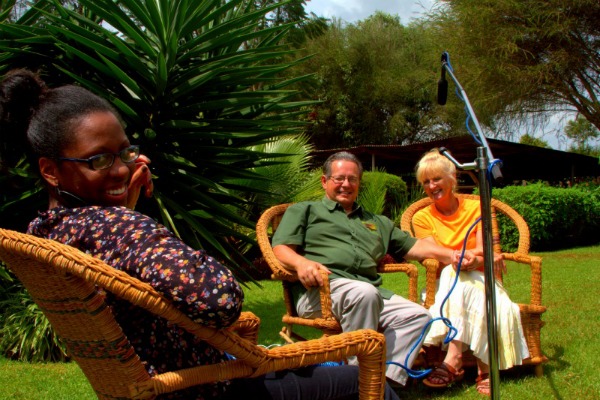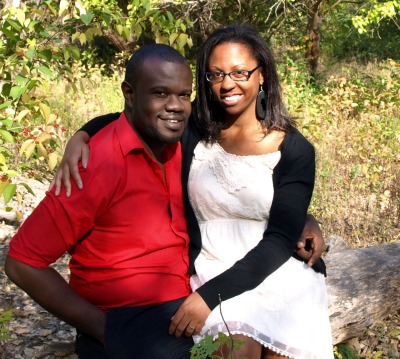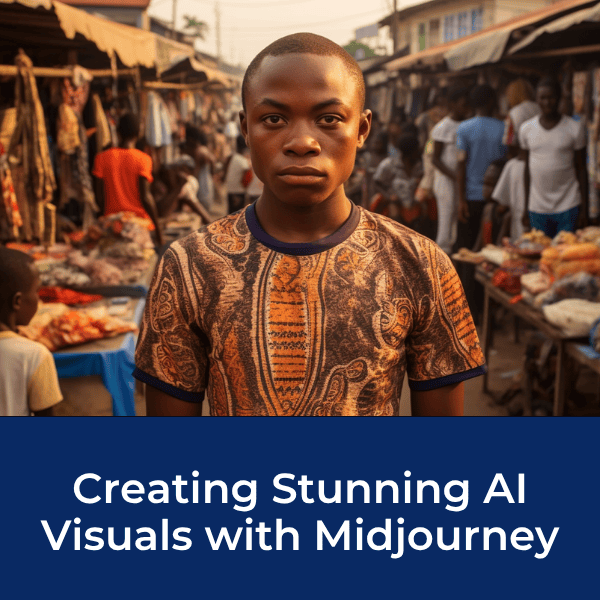Top 10 Lessons From A
Newbie Filmmaker (In Africa)
By Guest Blogger: S'ambrosia Wasike
November 2014
When my husband and I first started Wasike Creations, a small Kenyan based business specializing in promos and short docs for missionaries, we were very careful to keep track of the lessons we’ve learned throughout the process. Nearly six months later, here are the top ten tips we’ve come away with thus far:

Top Ten Lessons Learned
- When budgeting for equipment, remember to include backups
for memory cards, extra batteries, and hard drives. We learned this the hard
way on one shoot with our H4 Zoom memory card. Thankfully our client had a
backup, but it was embarrassing not to have one on hand.
- Visit your site beforehand to gain inspiration for cutaways
and locations for interviews. It will save you a lot of time the day of the
shoot and make the whole process run a lot smoother.
- If you want to ensure that you don’t leave any of your gear
behind, make a checklist and go over it before you leave your home base as well
as before you leave your site.
- Let your subjects know that you’re using their story
ultimately for their benefit, not yours. We often film kids that are used to
having people exploit their stories for money, so they can be wary of strangers
with cameras. To get the best out of them, we have to build a rapport with them
well before the cameras come out.
- Never limit your clients or interviewees. If they want to
offer resources, take it all. You never know when you’ll need it. I once thought
I knew exactly what I needed for post-production, so when a client suggested
additional material, I refused only to have to ask her for it later.
- We have a saying here in Kenya: “this is Africa (TIA)”. When the electricity cuts out in the
middle of an interview, TIA. When the subject says he’ll be on set by 10am but
doesn’t show up until 2pm, TIA. When heavy rains prevent outdoor filming for
weeks at a time, TIA. Shoots don’t always go as expected, so it’s best to
provide a flexible itinerary and brief everyone involved so they’re aware of the
plan.
- For outdoor shots, if you want to use natural light, know
the best times of day to shoot. The intensity of the hot Kenyan sun
necessitates that we shoot between 7-10:30am and 3-6pm. Be sure to stay on top
of the weather too. Our very first shoot occurred on a sunny but cloudy day,
and we had to stop filming every time clouds covered the sun to prevent our shots
from going dark.
- If you have an indoor shoot and you don’t want to use lights
(or you’re in the midst of a TIA moment and there’s no electricity), be sure to
have prime lenses, f 1.8 going down. They are very good with low light.
- Come up with a regiment for reviewing the final product. Allocate
the first runthrough to review adherence to the script or cohesiveness of
idea/purpose, the second to color, the third to transitions, etc. Instead of reviewing
the video as a whole, focus solely on specific categories to produce a strong
final cut.
- Watch all the documentaries you can. Find aesthetics you
like and mimic them or make them your own. My husband and I watch documentaries
together and write down effects we like and look for tutorials. Between jobs we
practice using them, and once we’ve gotten them down, we utilize them.
We are just now breaking into this industry and have a lot to learn, but we hope that what we shared is a benefit to our fellow “noob” filmmakers out there. Enjoy the journey. We definitely are!
About The Author (s)

Ray and S'ambrosia Wasike are an AmeriKenyan couple based in Kitale, Kenya. Aside from pursuing film making endeavors, they also have begun a non-profit organization called The Joshua Blueprint which focuses on training vulnerable children in the arts.
Watch The Latest Video Production From Ray and S'ambrosia Wasike
Our Video Production Gear List
|
Camera Lenses Audio Lighting |
Support Media Editing Suite |
Let S'ambrosia know your thoughts on her article below.
Join in and write your own page! It's easy to do. How?
Simply click here to Write An Article.
Ready To Make Your Dream Documentary?
Sign up for our exclusive 7-day crash course and learn step-by-step how to make a documentary from idea to completed movie!














